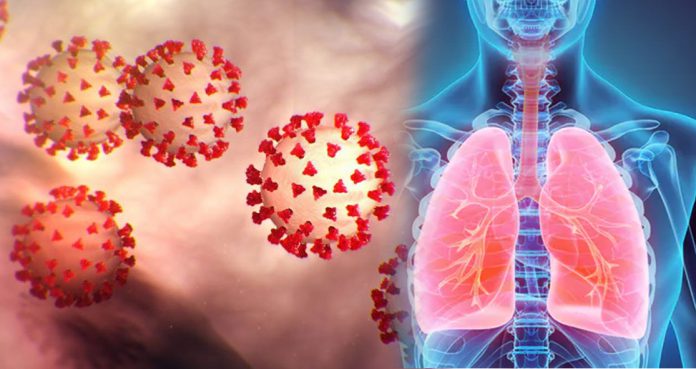Researchers are on the verge of coronavirus breakthrough that could help doctors to diagnose the infection earlier.
A team of researchers from Mount Sinai’s Icahn School of Medicine, New York City, has spotted early subtle signs in lungs that indicate coronavirus infection, aka COVID-19.
They explained that these signs could help doctors to recognize whether a patient has an infection in the early stages.
They are the first American researchers to analyze chest CT scans of 94 patients in China with COVID-19.
The researchers published their findings in the journal Radiology.
Study co-author Dr. Michael Chung said, “This work augments our initial study, which was the first published research study on the imaging findings of COVID-19, and now we are able to provide a more comprehensive evaluation of how lung disease in coronavirus patients manifests and develops.”
“If coronavirus should continue to spread and impact the United States or elsewhere more significantly, this study equips radiologists with the knowledge to recognize and more confidently suggest if a patient has Covid-19 or pneumonia due to another cause,” Dr. Chung continued.
He explained, “This is necessary for prompt diagnosis for any individual patient (which will lead to more rapid and effective care), but also for patient isolation to prevent the spreading of the highly contagious disease.”
From those 94 patients, 36 had CT lung scans zero to two days after reporting symptoms, of which more than half had no evidence of lung disease, suggesting that CT cannot reliably rule out COVID-19 in early stages.
Among the 33 patients who were scanned three to five days after developing symptoms, the CT scans showed patterns of hazy findings in the lungs, which became more round in shape and denser.
Among the remaining 25 patients who were scanned six to 12 days after developing symptoms, the scans showed patterns in the lung that similar to severe acute respiratory syndrome (SARS) and Middle East Respiratory Syndrome (MERS).
Lead study author Dr. Adam Bernheim said, “Just as clinicians are evaluating more patients suspected of COVID-19, radiologists are similarly interpreting more chest CTs in those suspected of infection.”
“Chest CT is a vital component in the diagnostic algorithm for patients with suspected infection, particularly given the limited availability and, in some cases, reliability of test kits,” Dr. Bernheim continued.
“These investigative efforts not only show patterns of imaging findings in a large number of patients, but they also demonstrate that the frequency of CT findings is related to disease time course.” He added. “Recognizing imaging patterns based on infection time course is paramount for not only understanding the disease process and natural history of COVID-19 but also for helping to predict patient progression and potential complication development.”





















